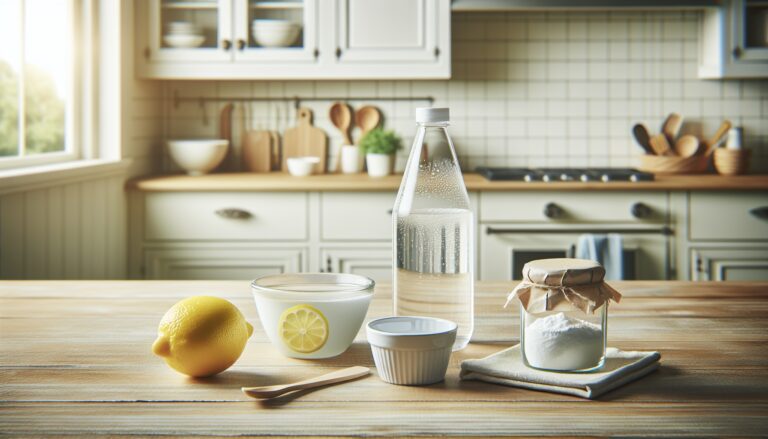Argomenti trattati
Understanding limescale and its effects
Limescale is a common issue faced by many households, especially in areas with hard water. Hard water contains high levels of minerals, particularly calcium and magnesium, which can lead to the formation of a chalky white residue on various surfaces. This buildup can be unsightly and may even affect the performance of appliances such as kettles and coffee makers. Understanding the nature of limescale is the first step in effectively combating it.
Natural cleaning solutions for limescale
One of the most effective and natural solutions for removing limescale is white vinegar. Its high acidity makes it a powerful agent against mineral deposits. To use white vinegar, simply soak the affected items in a solution of vinegar and water or apply it directly to the surface. For fixtures that are difficult to remove, such as showerheads, you can fill a plastic bag with vinegar and secure it around the fixture, allowing it to soak for several hours. This method not only cleans but also eliminates the need for harsh chemicals, making it a safe choice for households with children and pets.
Regular maintenance to prevent buildup
While using vinegar is an excellent way to remove existing limescale, regular maintenance is key to preventing future buildup. After each use, consider wiping down surfaces with a cloth dampened with vinegar or a mild detergent. Additionally, investing in a water softener can help reduce the mineral content in your water supply, thereby minimizing limescale formation. However, if installing a water softener is not feasible, adopting a routine cleaning schedule can significantly improve the appearance of your fixtures and appliances.
Alternative methods for limescale removal
In addition to vinegar, there are other natural alternatives for tackling limescale. Baking soda, for example, can be combined with vinegar to create a powerful cleaning paste. Simply mix equal parts baking soda and vinegar, apply it to the limescale-affected area, and scrub gently. The fizzing reaction helps lift the deposits, making it easier to clean. Another option is lemon juice, which, like vinegar, has natural acidity that can dissolve mineral buildup. Applying lemon juice to affected areas and letting it sit for a while before rinsing can yield excellent results.

